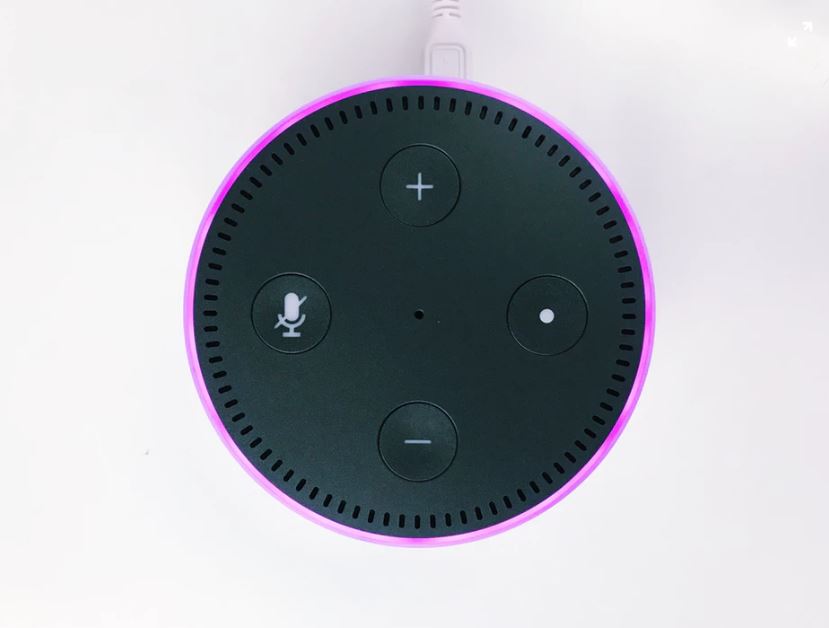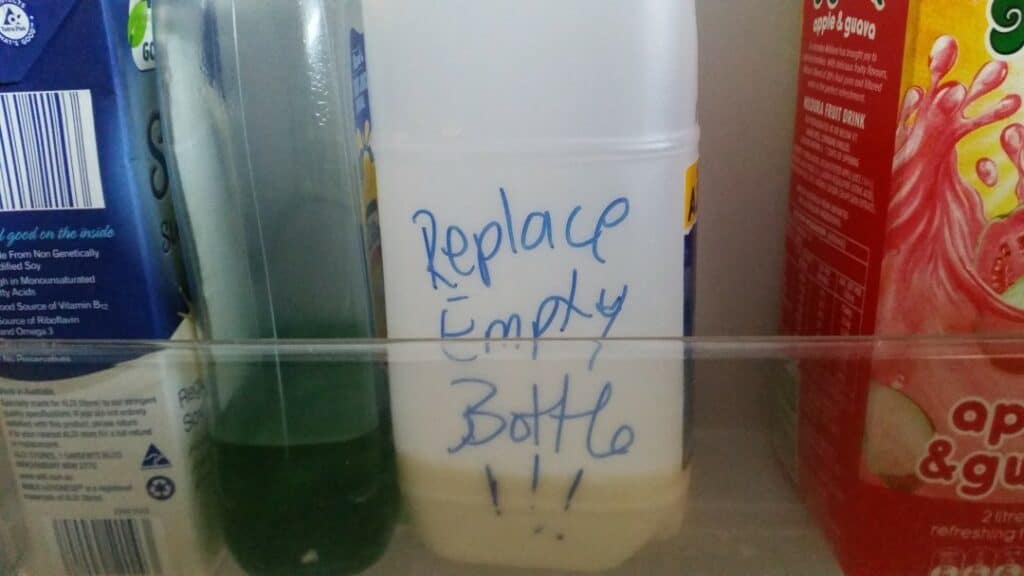I do not believe in horoscopes, but people tell me that my sign has everything to do with many of my quirks, such as ordering, organizing, and following routines. Putting things in order is my natural tendency. Organizing or clustering drawers, shelves, libraries, or desktops, whether digital or not, is like a second nature to me. I am always putting caps on the pens, closing open lids or cupboards, and straightening the frames on the walls.
Since my childhood desire to bring order and unity to the World turned out to be a little dictatorial in style, I turned my attention to the large-scale traffic problems we faced in the city I lived in. After being stuck in traffic jams for hours and any authoritarian regime started to look appealing to me, I realized smart people should choose their battles carefully. I ended up lending my services to my family at home for free of charge. Having been blessed with this remarkable talent and the courage to go along with that, I did achieve some remarkable feats at home: Organizing my wife’s drawer while she was away on travel, removing hardly ever used but unnecessarily large items such as the baking powder and vanilla extracts from the fridge, solving rewiring and routing problems under my son’s computer desk, or clustering and labeling our medicine cabinet during flu season were an instant hit among my family. I cannot tell you how happy they were! They appreciated it so much that they told me that I shouldn’t waste this talent at home!

Alexa, get me a gallon of 2%, stat!
My routines are important as well. I take my morning coffee with milk, so not finding one in the fridge is not only an emergency but a big supply chain failure to be resolved. Why didn’t we order when the critical level was reached? Why did we purchase so little while the demand was so high? What if we had Google Home or Alexa to listen and take our daily milk orders? Better yet, why can’t we increase the complexity and intelligence up a few notches and learn from our past demand to create a sensible replenishment plan? Maybe, even feeding that to Alexa to create a shopping list or do a voice ordering as predicted.
Since we had no digital assistant at home then, I started stocking UHT milk for such emergencies. Of course, it is not daily milk, but it is there as a reserve when I needed it. However, right after those critical reserves were consumed, we were still out of milk! How much should I stock? What about a reserve of a reserve? What could go wrong? Well, milk is not the only thing that ran out. Apart from the shelf-life problem of those items I stocked, our pantry started to get out of hand. After discussing our supply chain problems with my lovely wife and offering few creative alternatives to fix them, she politely pointed out that we have no such problems. Our marriage is more valuable than the said problems, but the real world may need my expertise; so bad and so fast!

Well, to her credit, stocking a single fridge or replenishing few items may be fairly manageable. However, if you have thousands of fridges all around, miles and miles of shelves with hundreds of thousands of SKUs, it is better to have an automated system armed with an Artificial Intelligence capability in place. This system should forecast the demand, plan supply lines, and, based on the previous changes in demand, reshape the replenishment plan using AI with deep learning.
According to an analysis by McKinsey, the most advanced deep learning techniques deploying artificial neural networks could account for as much as 40 percent of the value created by all analytics methods. This system should also be on the Cloud to benefit from the immense computational capacity, vertical and horizontal scaling capabilities to utilize the Machine Learning and the Neural Network approaches to refine the plan or the planning parameters automatically. This system and the company behind it should also assist you in your Digital Transformation efforts since the digital base is critical for an AI adaptation and use, as explained in this article. Using this system on the Cloud should also enable users to have shorter implementation times and achieve dramatic improvements in performance while automating their processes and augmenting their operational plans requiring little or no post-plan intervention. Those little interventions should paint a clear picture of planned, overridden, and actualized data to provide valuable learning for future predictions. Using Cognitive technology, correlating sales or lack of, with weather data or sentiments obtained from Social Media should be included in the demand forecast. This system should also utilize predictive analytics to offer out additional items to the customers to buy what they already decided to purchase. And, better yet, preferably designed, coded, or managed by a Virgo, to never be out of milk.
So, as you look for a partner to assist you in your supply chain planning and analytics challenges as well as to give you a hand in your digital transformation efforts, you need to find such to allow you to produce plans across different supply chain functions in one tool, preferably using the Cloud to achieve a high degree of decision automation by using Artificial Intelligence. You should pick one with a unique Decision Automation approach to minimize the involvement of people in routine decisions by producing executable plans that calculates all the intricacies, complexities, and constraints down to an individual SKU level.
In summary, measurable value in supply chain planning comes from decision automation that successfully creates executable plans requiring little or no intervention while learning from the past trends. I may not convince my wife to use Artificial Intelligence to manage our supply lines, but after all, we only have a single fridge.
How about you?









